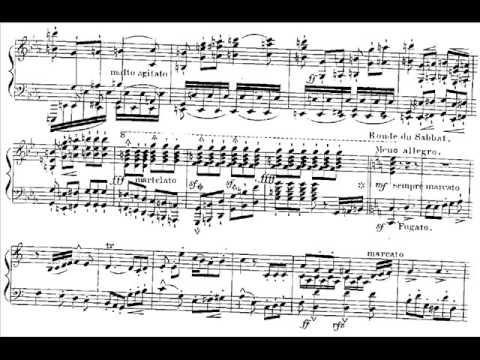
I have just purchased a set of Christmas Shades of Sound Listening & Coloring Book for the studio.
Please let me know if you do not want your student to participate in Christmas activities and I will assign alternate activities.
Each week, I will print out some of the pages for your student and put them in his/her notebook. After listening to the music on YouTube, the student may color the pages.
After they are colored, please return them to the notebook so that there will be a complete book when finished.
If you are an adult and want to listen and color, too, just let me know and I’ll print you a set.
From the website:
Get your piano students listening to great classical music!
The Shades of Sound Listening and Coloring Books are a great way to encourage students to listen to great piano and orchestral repertoire. Students of all ages will love coloring the fun pictures while listening to and learning from the music of the great composers.
This Shades of Sound Christmas edition includes 20 pieces of piano and orchestral literature for the Christmas season, from the Baroque to the Modern period. Includes background and historical information on the pieces and the composers, and a beautiful coloring page for each piece.
The Christmas Shades of Sound book includes 20 different pieces, including:
- In Dulci Jubilo from the Christmas Tree Suite by Liszt
- Pastorale from the Christmas Oratorio by Bach
- Jesu, Joy of Man’s Desiring by Bach/Hess
- Farandole from L’arlesienne Suite #1 by Bizet
- Christmas Sonatina by Reinecke
- Elegy #4 by Busoni
- The Adoration of the Magi by Respighi
- Winter Sonatina by Rowley
- Christmas Concerto by Corelli
- Ave Maria by Schubert/Liszt
- Sleigh Bells in the Snow by Gillock
- Diversions by Dello Joio
- Nuit de Noel by Busoni
- Sheep May Safely Graze by Bach/Petri
- Carol Symphony by Hely-Hutchinson
- Dance of the Sugar Plum Fairy by Tchaikovsky
- Trepak by Tchaikovsky
- Arabian Dance by Tchaikovsky
- Waltz of the Flowers by Tchaikovsky
- Hallelujah Chorus by Handel




